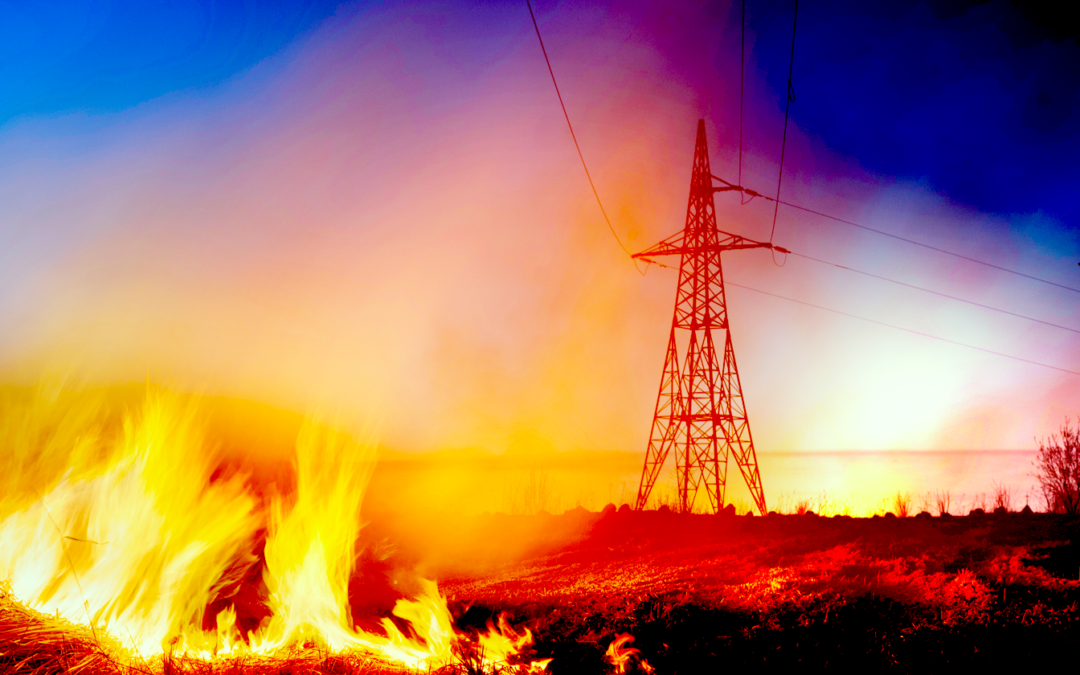As the second decade of the 21st century draws to a close, we find ourselves, as individuals and businesses, facing what is arguably the greatest challenge in the history of civilization: the reduction of global warming.
The influence of the RAM community on the environment was recently brought to light with October 2019’s devastating round of forest fires in California. Fueled by a combination of changing climatic conditions and the state of repair of allegedly aging electrical-transmission infrastructure (which is now under investigation and faulted as the ignition source[s] of the main fire), the seemingly endless inferno led to hundreds of thousands of evacuations and unprecedented major forced blackouts of the electrical grid across the state for days at a time.
Throughout all industrial, facility, and fleet operations, the state of asset repair has a huge influence on not only the effectiveness and efficiency of the asset and its impact with regard to operations and stakeholder availability, but also on the environment through excess energy use, effluence and emission discharge, and consumable materials dumped in landfills.
FACING THE CHALLENGE
To make a difference, the RAM community must strive to maintain assets at a sustainable level that ensures effectiveness, efficiency, and minimum impact to natural resources. In other words, we need to design maintenance programs to meet the needs of the present, without compromise to future generations, following the three pillars of sustainability: profit, people, and planet.
As individuals, each of us leaves a fingerprint on everything and everyone we touch. If our understanding and efforts are focused on sustainability, the collective fingerprints can, and will, make a major change to the corporate eco-footprint and the environment at large.
Ironically, maintaining and operating assets in a sustainable manner is not difficult. It simply requires good planning, scheduling, and consistent application of basic maintenance principles in cooperation with operator/stakeholder asset use. Congruent to the effectiveness and efficiencies driven by this approach, equipment not only runs better and more cleanly, it uses less energy, minimizes emissions, and requires less consumable changeouts.
LET’S FOCUS FOR THE FUTURE
I want to issue a challenge to the RAM community for the year 2020, and ensuing decade: Let’s put a focus on Asset Management Sustainability, which we know will drive efficiency and effectiveness. In our approach, primary quantification will be sought and brought to light through an environmentally focused lens. This “Fingerprint to Footprint” initiative will highlight how individuals in the workplace can collectively make a contribution to future generations, the planet, and the corporate bottom line.
Watch The RAM Review for my upcoming “Fingerprint to Footprint” article, showing how to structure your sustainability approach to RAM improvement.TRR
ABOUT THE AUTHOR
Ken Bannister has 40+ years of experience in the RAM industry. For the past 30, he’s been a Managing Partner and Principal Asset Management Consultant with Engtech industries Inc., where he specializes in helping clients implement best-practice asset-management programs worldwide. A founding member and past director of the Plant Engineering and Maintenance Association of Canada, he is the author of several books, including three on lubrication, one on predictive maintenance, and one on energy reduction strategies, and is currently writing one on planning and scheduling. Contact him directly at 519-469-9173 or kbannister@theramreview.com.



